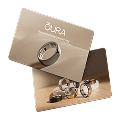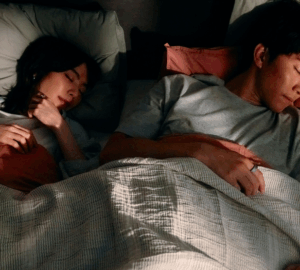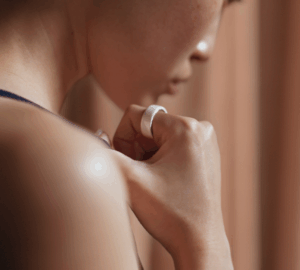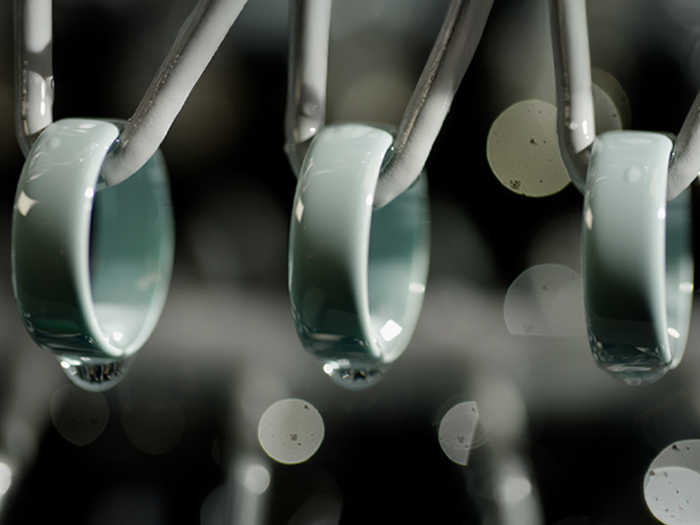Oura Ring 4 Ceramic is the latest evolution of the world’s leading smart ring, featuring a high-performance ceramic exterior. With four striking new colors to choose from, the Ceramic Collection empowers you to understand your health, in your style.
A years-long process, developing the new Ceramic Collection involved a team of cross-functional experts across many departments at Oura who took a creative approach to solve significant challenges along the way. The result? A smart ring that combines refined elegance, everyday comfort, and precise, personalized insights for a healthier you.
Get a behind-the-scenes peek at the Ceramic Collection being made in the video below.

We sat down with Miklu Silvanto, Chief Design Officer at Oura, to learn more about the development and design process of Oura Ring 4 Ceramic.
Q: What was the inspiration behind the Ceramic Collection?
A: At Oura, we uniquely operate at the intersection of jewelry design, fashion, and industrial design. A lot of other companies see smart rings purely as consumer electronics and approach them with a standard industrial design mindset. For us, it was extremely important to do something with a certain “art of making.”
We wanted to use a material that isn’t just a standard alloy with a surface coating, which is common in the rest of the industry. While ceramic is perceived to be a delicate material and there was some initial hesitation, I’ve worked on ceramic products before and had a baseline belief that this could be done. This is the beginning of us being much bolder in our design. The first-generation Oura Ring was also made of ceramic, but it was built like a tank—much larger and thicker. Oura Ring 4 Ceramic is where artistry truly meets engineering.
Q: Why did we choose these specific colors, and what do they represent?
A: We chose these colors to create a clear separation from how consumer electronics typically work. We want to drive culture and give people the ability to truly express who they are. We see this less as just four colors and more as a reflection of the rich choices people make in their fashion and personal style. These colors fit into that world.
Ceramic creates a color and material you don’t fully appreciate until you hold the actual object. The reaction we’ve had from people who see it in person is uniformly, “Wow, I didn’t realize it was this kind of color.” We worked with a Japanese vendor who has a long history of creating beautiful colors in ceramics. For example, our pink isn’t just “pink;” it’s one in a million, subtle and tasteful.
We selected the final four colors to suit an array of styles, skin tones, and self-expression. No matter which option you choose, each one-in-a-million shade will feel true to you.
Q: What were the constraints of working with a material like ceramic?
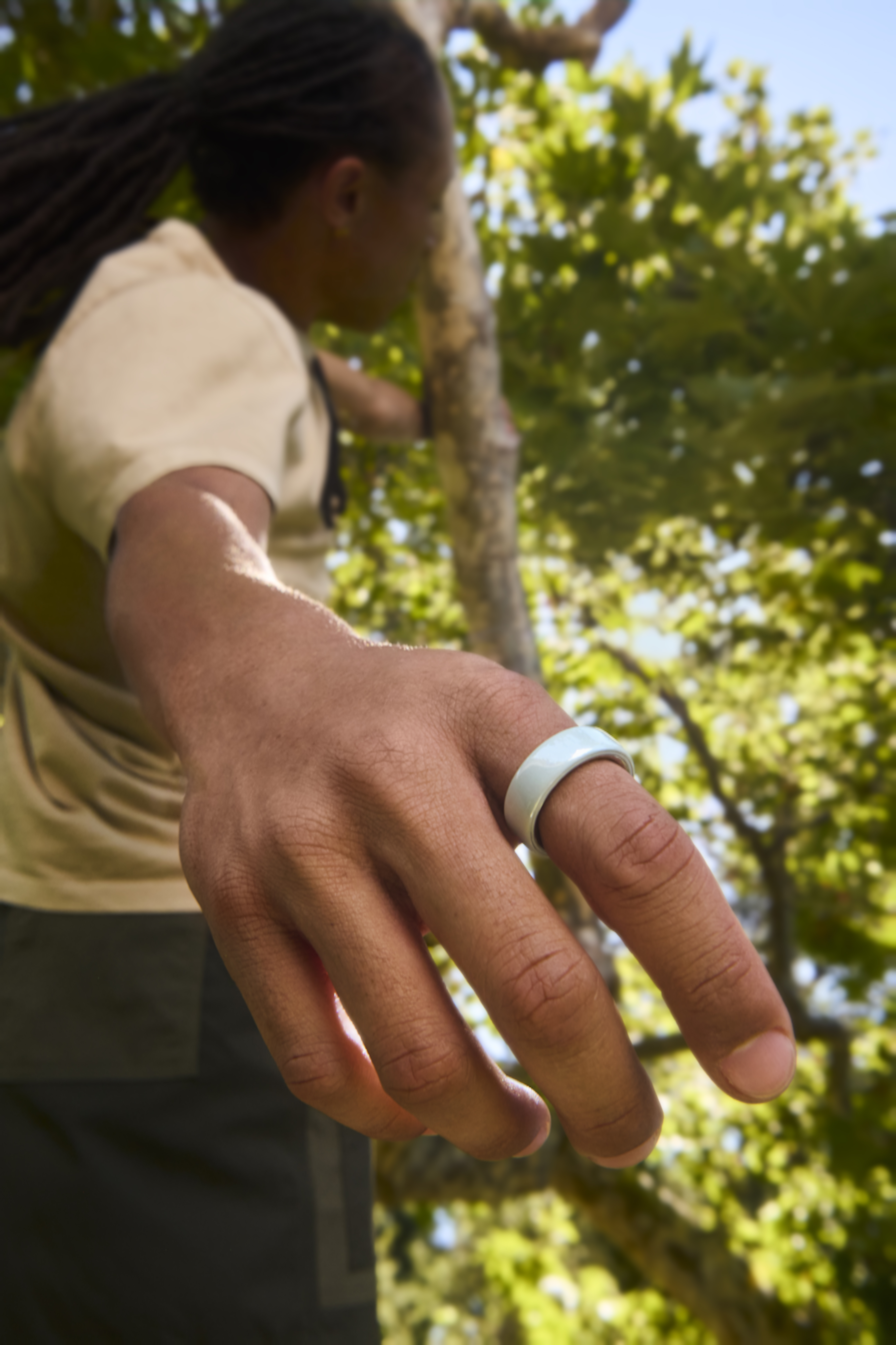 A: While a titanium ring is extremely durable, its color comes from a PVD coating that can fade. Ceramic, on the other hand, is not only hard but the color is inherent to the material—meaning it won’t wear off or fade. The drawback is that ceramics can crack on impact at the wall thicknesses we were working with, so we had to change the engineering and wall thicknesses slightly to build a durable ring.
A: While a titanium ring is extremely durable, its color comes from a PVD coating that can fade. Ceramic, on the other hand, is not only hard but the color is inherent to the material—meaning it won’t wear off or fade. The drawback is that ceramics can crack on impact at the wall thicknesses we were working with, so we had to change the engineering and wall thicknesses slightly to build a durable ring.
Interestingly, its hardness presents its own unique challenge. If you have ceramic plates at home, the little dark marks you see are actually scraped metal from your flatware. If the ceramic ring hits a soft metal object like a door handle, it can scrape some of that metal onto the ring. This was a challenge for us. We had to figure out how to achieve a finish that ensures the ceramic ring can be cleaned if this happens.
RELATED: Inside the Ring: The Making of Oura Ring 4
Q: Did you use any new technologies in the development of Oura Ring 4 Ceramic?
A: Yes, we use a lot of complex mathematical simulations in all of our product development, from antenna performance to drop resistance. But the really exciting part is how the tradition of ceramic making meets modern technology.
The way this ceramic ring is made is quite amazing. It begins as a fine ceramic powder that uses a binder to form a fragile, molded shape. It’s then fired at high temperatures, which makes the part strong and sets the color. The color isn’t a surface coating; the entire object is inherently that color. After firing, the finishing process requires a significant amount of time, a lot of precision, and a bit of art.
Q: What excites you most about the future of design at Oura?
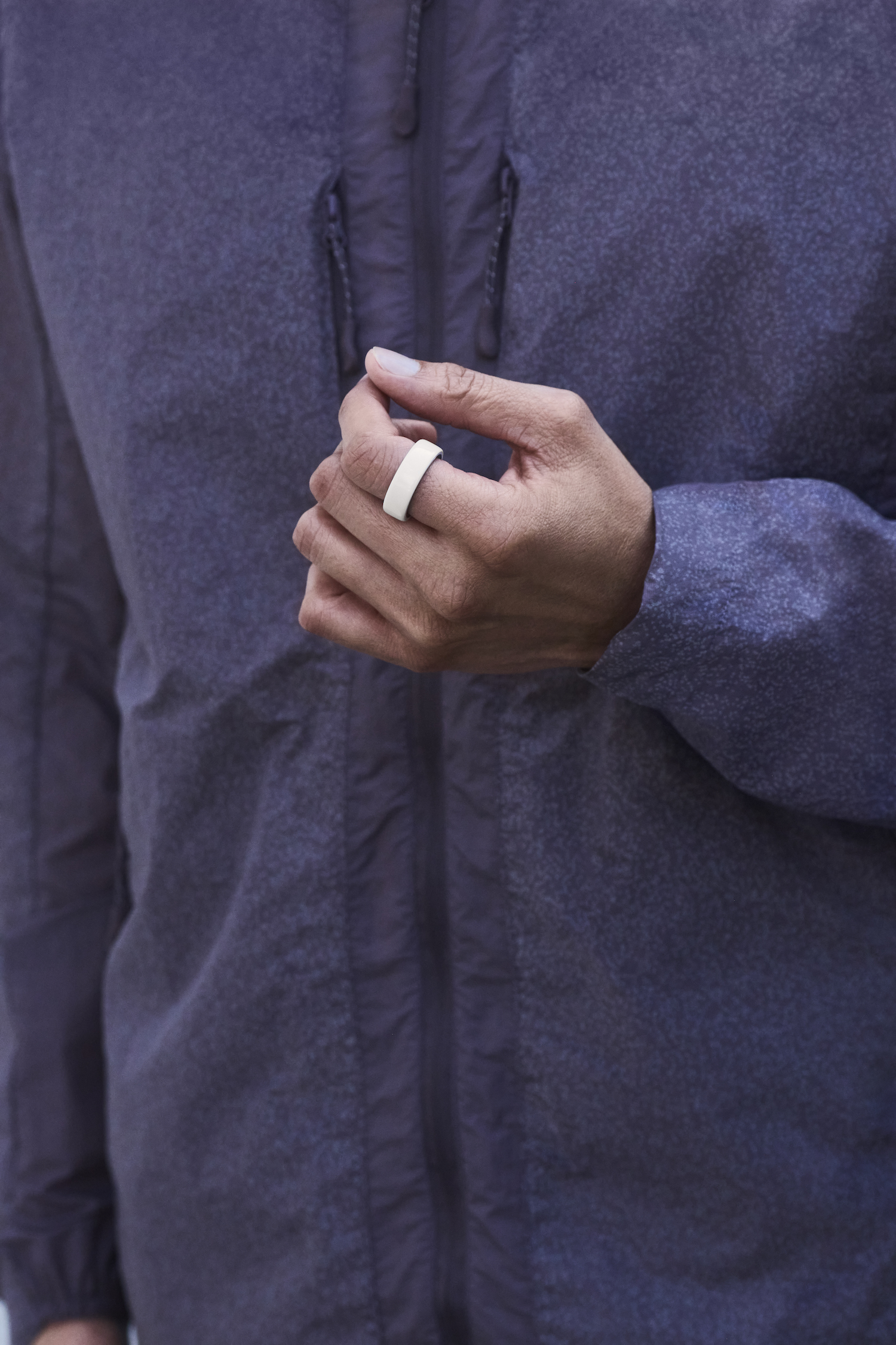 A: I think Oura Ring 4 Ceramic marks a huge departure from just being a consumer electronics product. It can be sold at high-end stores and it will give people a lot of joy. When they see it, they’ll feel, “Hey, this is me. This is my color.”
A: I think Oura Ring 4 Ceramic marks a huge departure from just being a consumer electronics product. It can be sold at high-end stores and it will give people a lot of joy. When they see it, they’ll feel, “Hey, this is me. This is my color.”
This is the energy of a beginning. We’re determined and excited, and we’ve made something special. I believe we have a grand vision for a future family of rings that are intentionally made for specific parts of our lives. Eventually, you’ll have an Oura Ring for the gym and a different, more elegant one for a dinner party. It will feel really natural to swap them out. Oura Ring 4 Ceramic is a significant step in that direction, moving us towards creating products that are increasingly “N of one,” meaning they’re made specifically for you.



